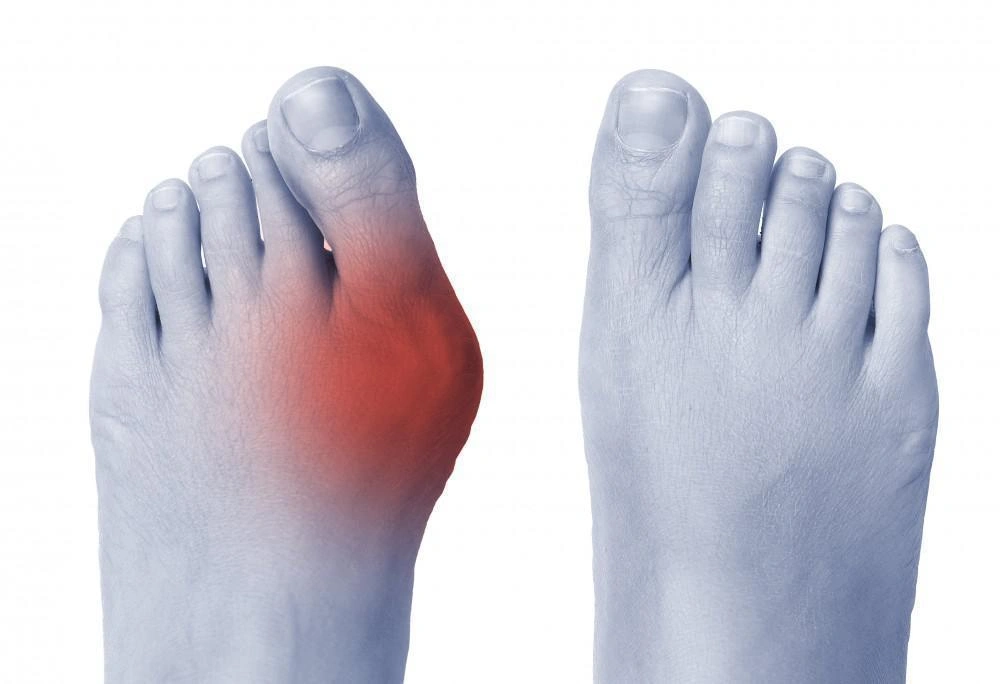Foot health is a beneficial part of overall wellness, and bunions are a condition that can impact both comfort and mobility. While many may have heard of bunions, not everyone understands how they form or what can be done to avoid them. Here is more information on how bunions develop, practical prevention strategies, and when to seek medical care:
What Are Bunions?
A bunion is a bony bump that forms at the base of the big toe joint. The big toe may begin to lean inward toward the second toe over time, causing the joint to stick out. This protrusion can lead to pain when wearing shoes, swelling, or redness around the affected area.
Bunions vary in severity. While mild cases may be painless or mildly uncomfortable, larger bunions might result in difficulty finding properly fitting footwear. This may lead to additional foot issues like corns or calluses.
How Do Bunions Develop?
Bunions are often caused by a combination of genetic factors, footwear choices, and structural imbalances in the foot. For those with a family history of bunions, there may be an inherited tendency for foot shapes that increase the risk of developing this condition. Other contributors include wearing tight or poorly fitting shoes that compress the toes, such as high heels or narrow-toed footwear. Conditions like arthritis or other joint misalignments can increase pressure on the big toe joint, which may lead to bunion formation over time.
How Can You Prevent Bunions?
To reduce the risk of developing bunions, prioritizing proper footwear is key. Choose shoes with a wide toe box that provides ample space for your toes to sit naturally. Avoid shoes with high heels or pointed fronts, as these might force the foot into unnatural positions.
Strengthening and stretching exercises also help maintain flexibility and alignment in the foot. For those with a higher risk of developing bunions due to genetics or foot structure, custom orthotics can be a helpful preventative measure. These inserts provide added stability and correct misalignments that may contribute to bunion formation.
When Should You Seek Medical Treatment?
If a bunion begins to interfere with your daily activities or causes consistent pain, it may be time to consult a medical professional. Early intervention can provide relief and potentially slow the progression of the condition. Non-invasive treatment options include custom orthotics, which help redistribute pressure, and nighttime splints designed to encourage proper alignment during sleep. For temporary relief, nonsteroidal anti-inflammatory drugs (NSAIDs) may reduce pain and swelling.
The removal of corns and calluses caused by friction can further alleviate discomfort. For severe bunions that impact mobility and quality of life, surgery may be an option. A common procedure is a bunionectomy, during which the bony bump is removed, and the joint is realigned. Surgery is typically evaluated only when conservative treatments prove ineffective.
Learn More Today
Understanding how bunions develop and how to prevent them helps you to take proactive steps toward healthier feet. Whether you’re exploring footwear choices, strengthening your foot muscles, or managing pain, prioritizing foot health can make a difference. Contact a foot specialist for expert guidance if you’re looking for tailored advice or treatment options. Addressing concerns early can help maintain functionality and mobility for years to come.
Read More: Why Choose VNC Distribution Wholesale Disposable Pods Vape in 2025?







